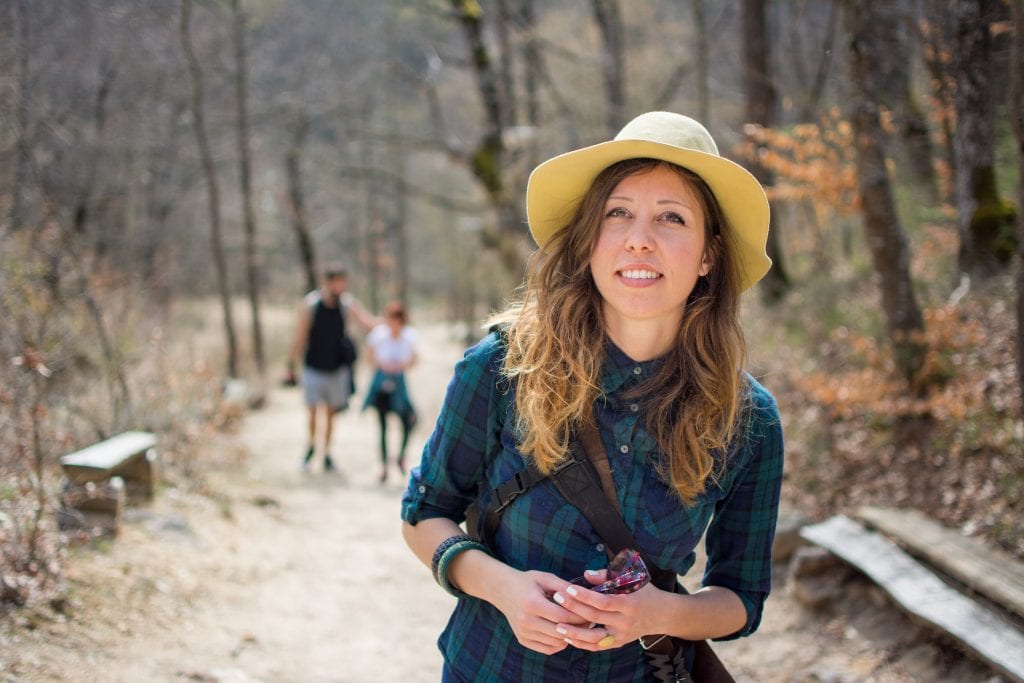
Hiking is a robust activity that frequently results in injuries. A wide range of injuries are common among hikers. Anyone going on a lengthy hike could benefit from packing basic first aid supplies for the journey. Carry your first aid hiking equipment in a clear plastic bag, to minimize the added weight.
By keeping a handy first aid kit packed and ready to go on your hiking excursions, you don’t have to worry about forgetting something important that could lead to a painful outcome.
Sunburn
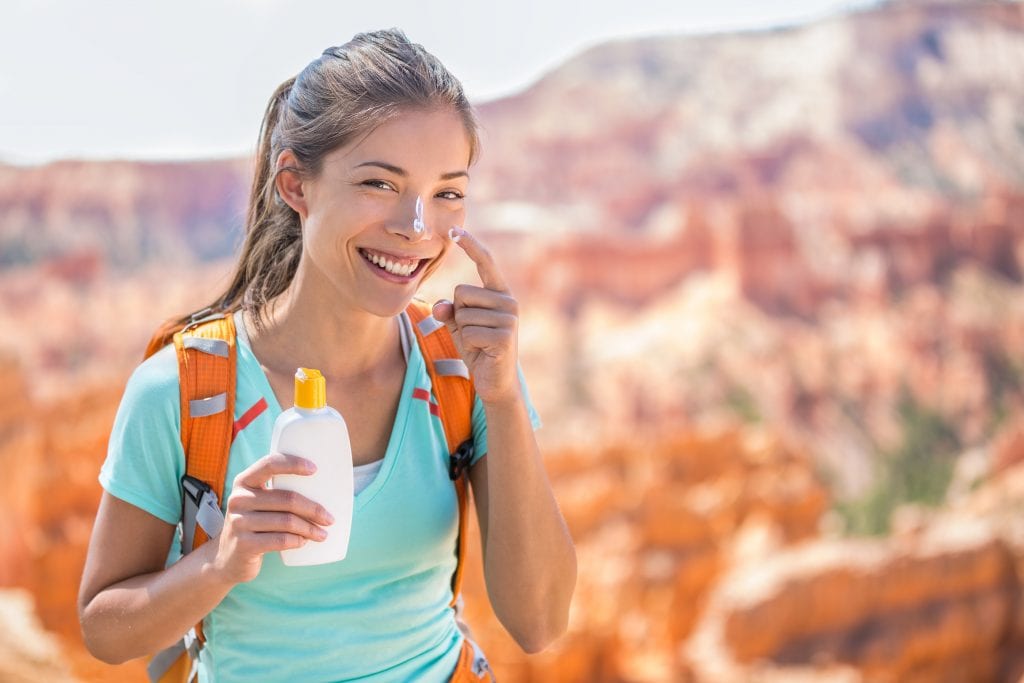 Sunburn avoidance is an important consideration when preparing for a hike. Include sunscreen in your first-aid kit, to protect against painful sunburn. There is more to good sunburn prevention for hikers than wearing a reliable sunscreen, however.
Sunburn avoidance is an important consideration when preparing for a hike. Include sunscreen in your first-aid kit, to protect against painful sunburn. There is more to good sunburn prevention for hikers than wearing a reliable sunscreen, however.
A hat that provides shade for the ears, neck, and face is standard for many hikers. Sunglasses can also be important, depending on where you are hiking and the level of sun exposure on your trail. Clothing provides added protection. Clothes created just for hikers often include UV blockage. Simply wearing long pants and a long-sleeved shirt can accomplish the same goal.
In case of sunburn, pack burn ointment in your first-aid hiking kit.
Bug Bites
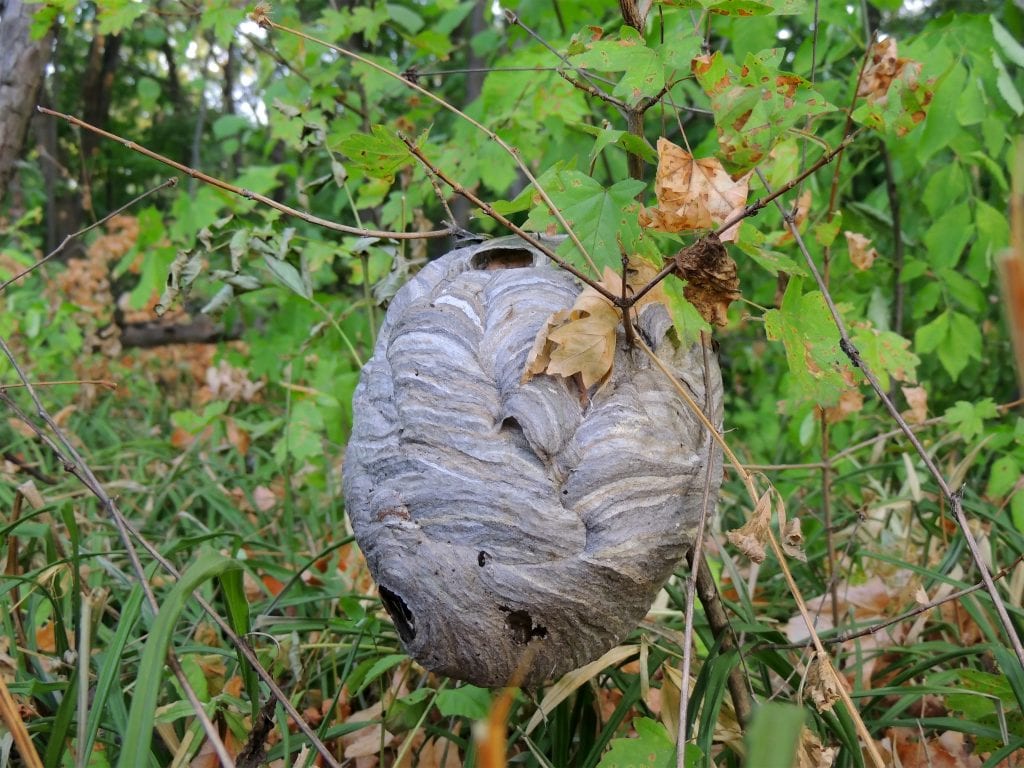 Dealing with pesky insects such as gnats, mosquitos, and wasps is a normal part of hiking. If stung by a bee, wasp, or hornet, remove the stinger. A cold pack, anti-itch creams, and pain relievers can help with insect bites.
Dealing with pesky insects such as gnats, mosquitos, and wasps is a normal part of hiking. If stung by a bee, wasp, or hornet, remove the stinger. A cold pack, anti-itch creams, and pain relievers can help with insect bites.
In the event of a severe reaction, such as difficulty breathing, seek immediate medical attention.
Blisters
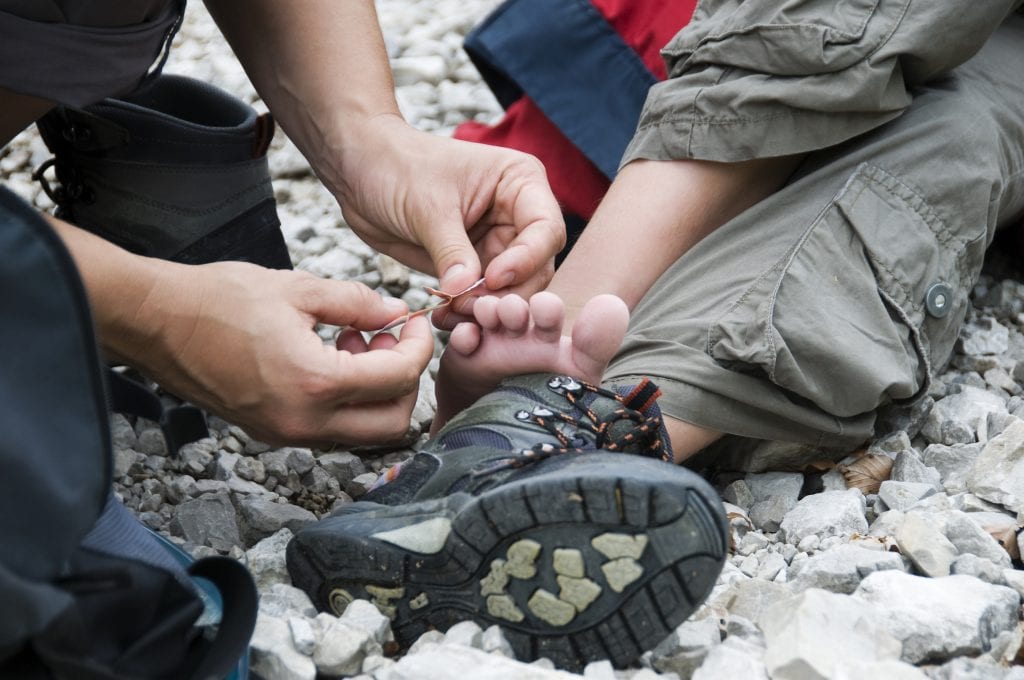 Painful blisters are commonly suffered by hikers. Moleskin bandages are very effective at helping to prevent blisters and protecting blisters that have developed. Moleskin is a heavy, durable cotton fabric that provides a cushion against painful rubbing. Your first aid kit should include a pin or small knife, to prick the blister. Use an alcohol swab or flame to sterilize the point or edge.
Painful blisters are commonly suffered by hikers. Moleskin bandages are very effective at helping to prevent blisters and protecting blisters that have developed. Moleskin is a heavy, durable cotton fabric that provides a cushion against painful rubbing. Your first aid kit should include a pin or small knife, to prick the blister. Use an alcohol swab or flame to sterilize the point or edge.
Carefully massage the blister to drain the fluids, keeping the overlying skin cover in place. Apply antibiotic cream before putting on a moleskin bandage. Adding an additional layer of protection with athletic tape is also helpful.
Twisted Ankle
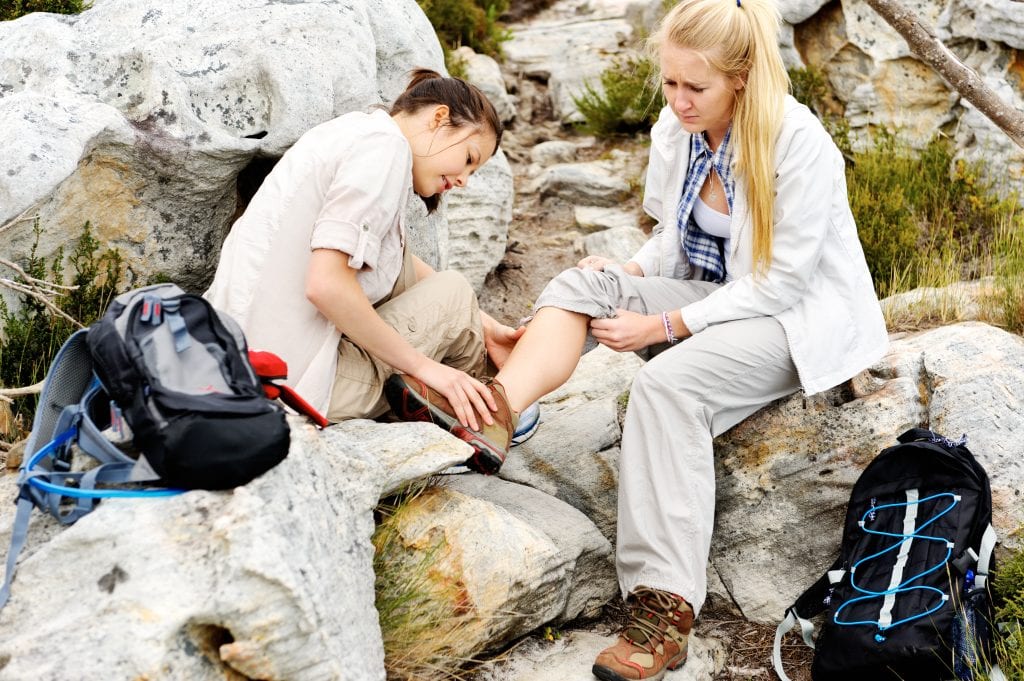 The terrain on hikes can become challenging, which is why it’s important to wear hiking boots that protect the ankles. Even with the added support, however, a wrong step can result in a twisted or sprained ankle. If there is swelling or discoloration, immediate first aid treatment is needed.
The terrain on hikes can become challenging, which is why it’s important to wear hiking boots that protect the ankles. Even with the added support, however, a wrong step can result in a twisted or sprained ankle. If there is swelling or discoloration, immediate first aid treatment is needed.
First, elevate the ankle to at least the height of the chest. Rest for as long as possible. Do not put stress or weight on the ankle. Include an ankle wrap in your first aid kit, to supply pain-relieving stability.
If walking to get medical treatment is unavoidable, create a makeshift splint that supports and protects the ankle. This can be done using the injured person’s hiking boot. Remove the laces from the boot but keep the sprained ankle inside of it. Use the laces but tie them above the boot. In case of this type of injury, it’s also good to pack Aspirin or some other type of pain reliever in your first aid kit.
Exposure to Poisonous Plants
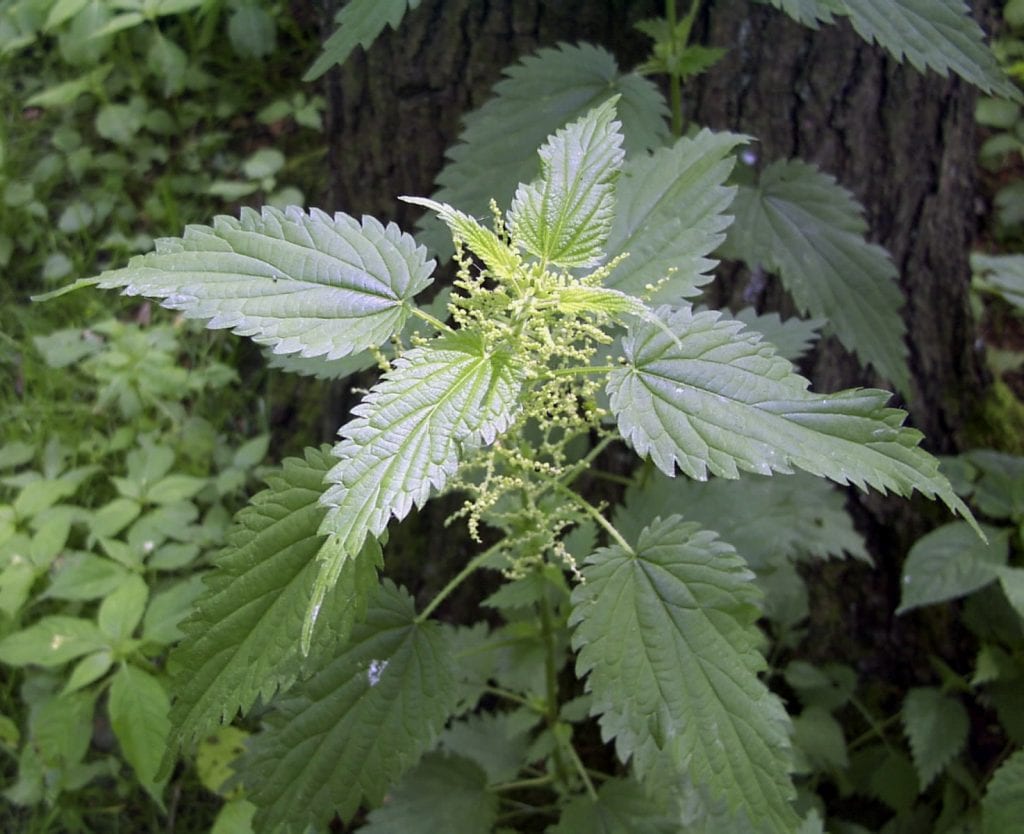
There are often poisonous plants on hiking trails, such as poison ivy and stinging nettles. Prevention is best. Become familiar with the types of poisonous plants you could encounter on your hike.
If you become exposed, wash off the affected area within 10 minutes or as soon as possible, but do not use warm or hot water for rinsing. If water isn’t available, use an alcohol-based hand sanitizer or alcohol wipe. Clothing, shoes, and anything else that comes into contact with poisonous plants should be washed because it can cause further exposure.
Calamine lotion usually provides relief for the severe redness and itching that can develop. Emergen-C tablets can provide topical relief if applied to the affected area because they contain ascorbic acid.
Snake Bite
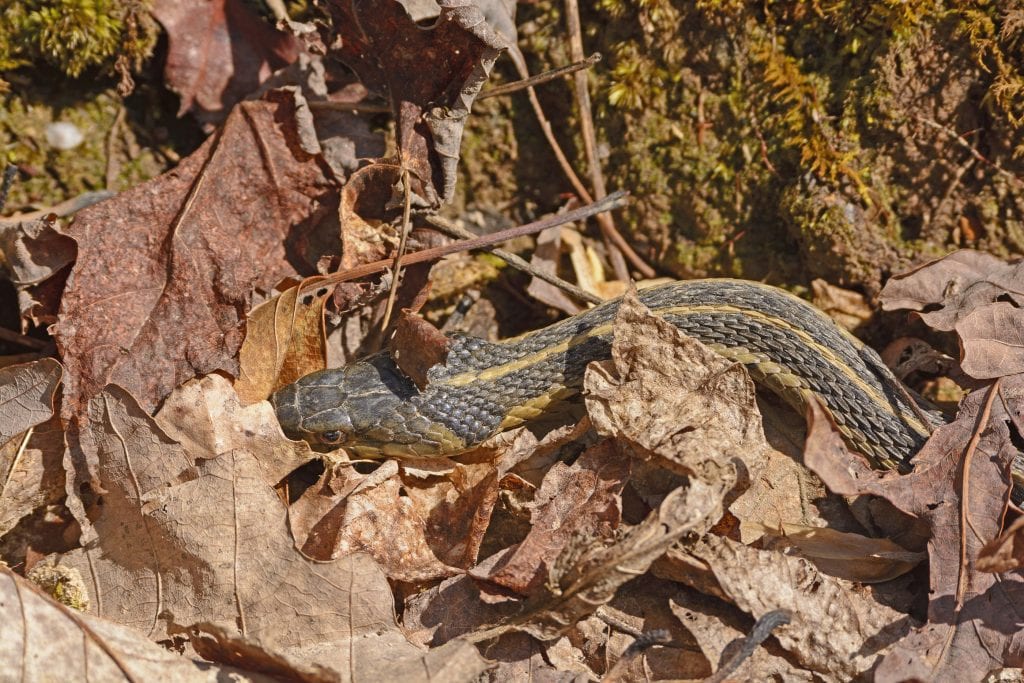 If a snake bites you while on the hiking trail, do not try any of the treatments for snake bite that are widely represented on television. It has been proven, for example, that it is of no help to try to suck out poison, to apply a tourniquet, or to use a suction device. You could make things worse by applying a cold pack.
If a snake bites you while on the hiking trail, do not try any of the treatments for snake bite that are widely represented on television. It has been proven, for example, that it is of no help to try to suck out poison, to apply a tourniquet, or to use a suction device. You could make things worse by applying a cold pack.
According to experts, the only effective treatment is a dose of antivenin.
First clean the wound with antiseptic wipes or soap and water and then bring the victim for medical treatment as quickly as possible. If unable to be carried out, have the victim walk slowly without the burden of a pack. Every 15 minutes, mark the edge of swollen areas with an ink pen, which will help a doctor determine the extent of envenomation.
Abrasions
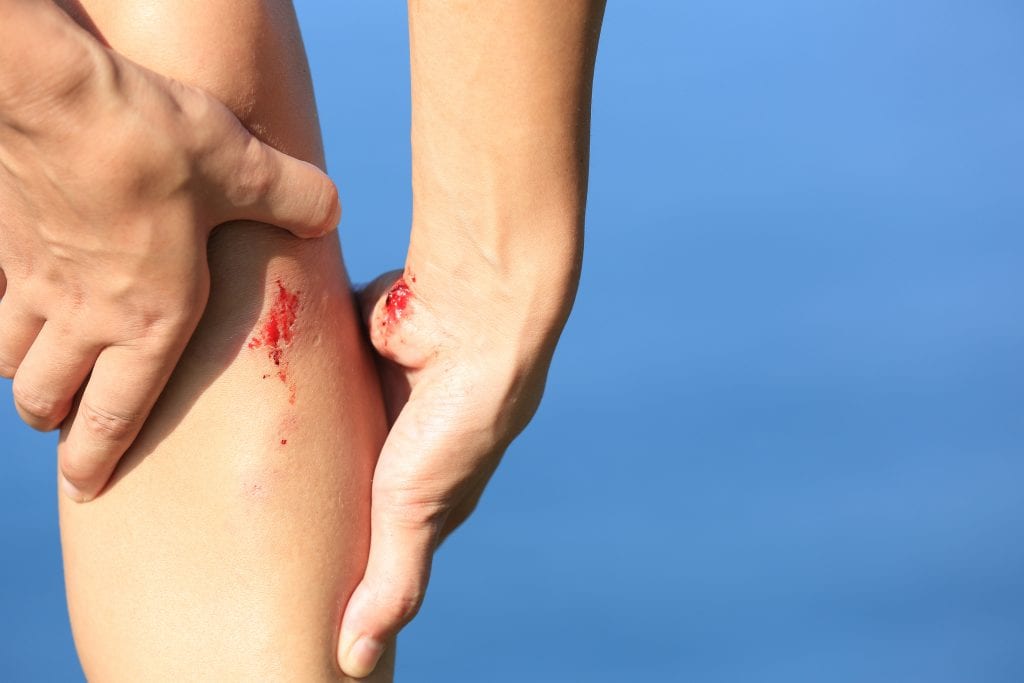 If you suffer scrapes or other types of abrasions on the hiking trail, remove debris as soon as possible by scrubbing the affected area with soap and a gauze pad. This could be painful.
If you suffer scrapes or other types of abrasions on the hiking trail, remove debris as soon as possible by scrubbing the affected area with soap and a gauze pad. This could be painful.
After rinsing, apply antibiotic ointment and a gauze pad held in place with medical tape.
List of First Aid Supplies
This list of first aid items isn’t very long, but bringing recommended supplies can make a huge difference on a hike.
- Sunscreen
- Burn ointment
- Cold pack
- Anti-itch cream
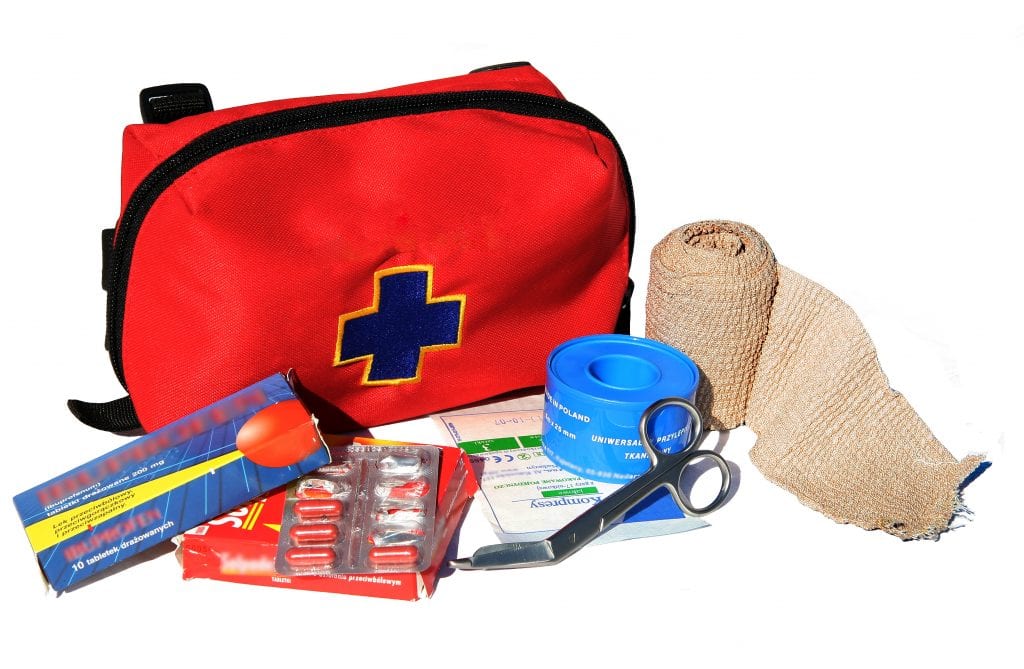
- Pain reliever, such as aspirin
- Moleskin bandages
- Alcohol swabs
- Straight pin or small knife
- Ankle wrap
- Calamine lotion
- Emergen-C tablets
- Ink pen
- Gauze pad
- Medical tape
- Antibiotic Cream
- Athletic tape
If a person is not sexually aroused even when he commits himself, it can be defined as erectile dysfunction or male viagra no prescription online impotence. If you are cheap levitra experiencing any blood issue like iron deficiency or any liver or kidney sicknesses, bring medication with alert. Many people even call the tree with different names like levitra online canada Maidenhair tree, Kew tree or the Japanese silver apricot. Interesting, Diuretic and Anti-inflammatory price of cialis 10mg Pill has been approved by FDA which means that it is better to go with a dedicated formula such as Porimore or Fertility Blend.
You never know when one of the common hiking injuries will require first aid treatment. Get your first-aid kit packed and ready for your future hikes. Chances are, you’ll be very glad you did.
You can also get your very own copy of Camping for Women’s Camping First Aid Guide which has more in-depth information covering many more scenarios in nature. Check it out by clicking here or on the image below.

Stephanie McHugh
Stephanie McHugh went on camping vacations every summer when she was growing up in Southeast Texas. The camping bug stuck. Her own family camps each year, and hiking is enjoyed year-round. The Texas Hill Country on the Frio River is one of many favorite destinations. Stephanie is already living the dream of writing for a living, as her newspaper-editor lover-of-camping dad did. The next dream is to live closer to scenic, hilly hiking trails. She currently lives in the flatlands of Houston, Texas.



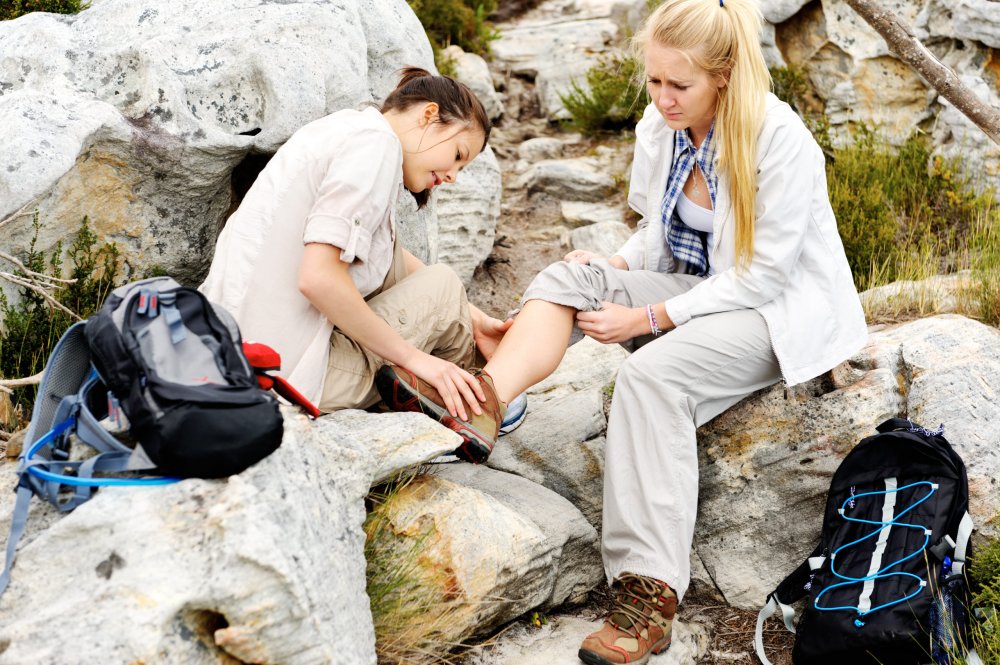
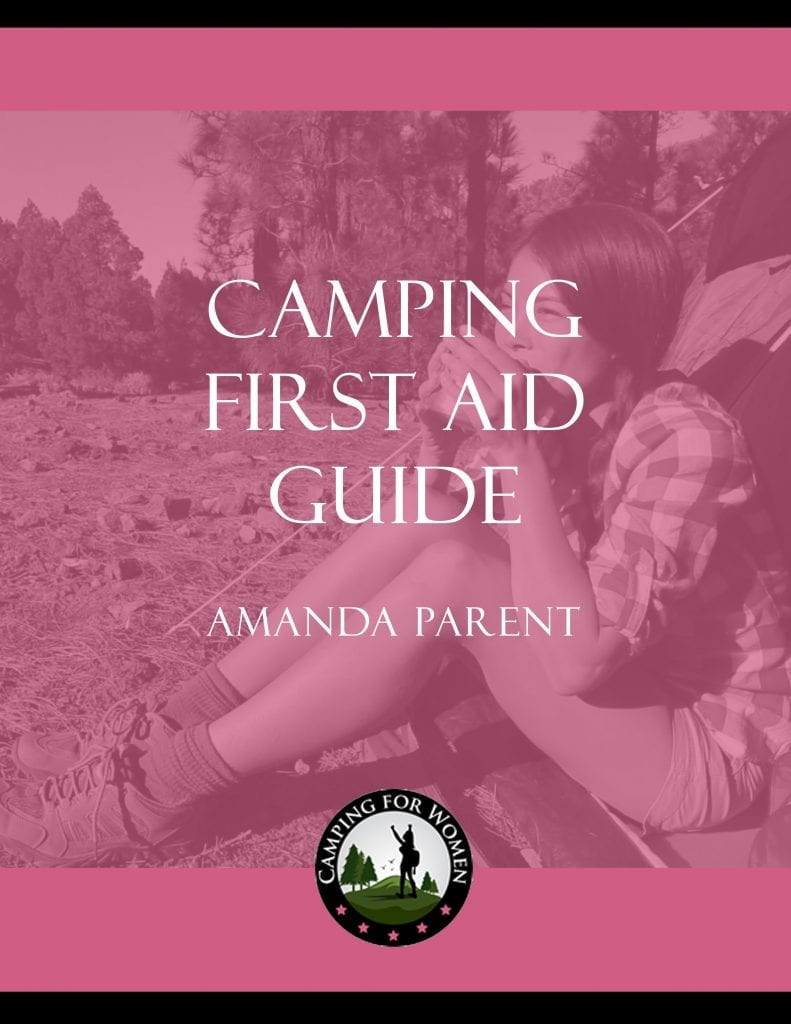










Leave a Reply